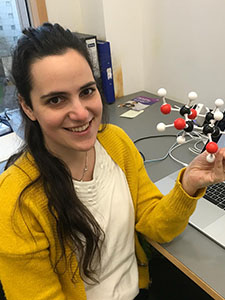Exploring Novel Techniques for the Prediction of Spontaneous Preterm Birth in Multiple Pregnancies

Before labour starts the neck of the womb (cervix) undergoes changes to prepare for birth. These changes include softening, shortening and opening. Women carrying more than one baby (twin/triplet or higher multiple pregnancies) are at increased risk of preterm labour. At present, we are unable to measure these changes accurately. If we were able to do this, we may be able to predict when labour may start.
The purpose of this study is to assess whether a new device that measures electrical changes in the cervix (called “bioimpedance spectroscopy”) may be useful to predict when premature labour might start so that we can offer women treatment in those found to be at high risk of premature delivery.
This technique has already been shown to have benefit in women with singleton pregnancies. We want to investigate whether this technique can be used routinely in antenatal care to predict premature birth in women carrying two or more babies.
This study is being carried out by Dr Brenda F Narice at the University of Sheffield, and was funded by the Twins Trust and BMFMS research bursaries.
-strap.svg)